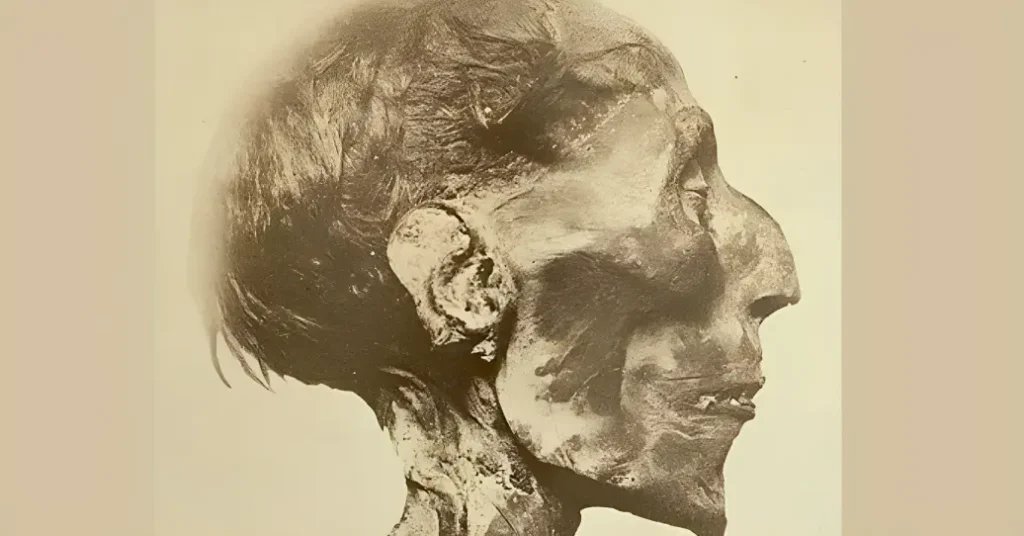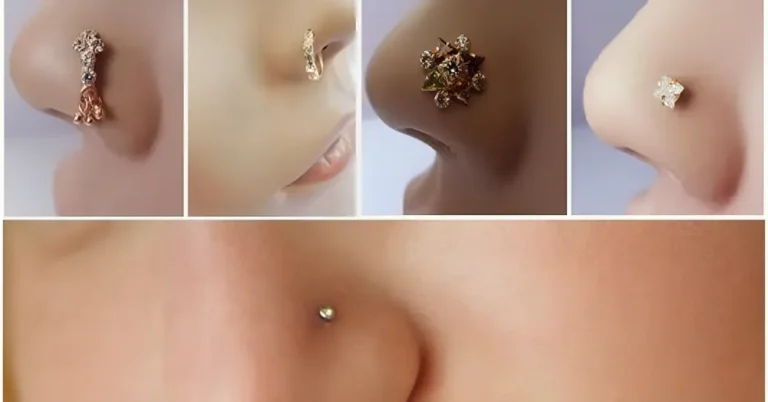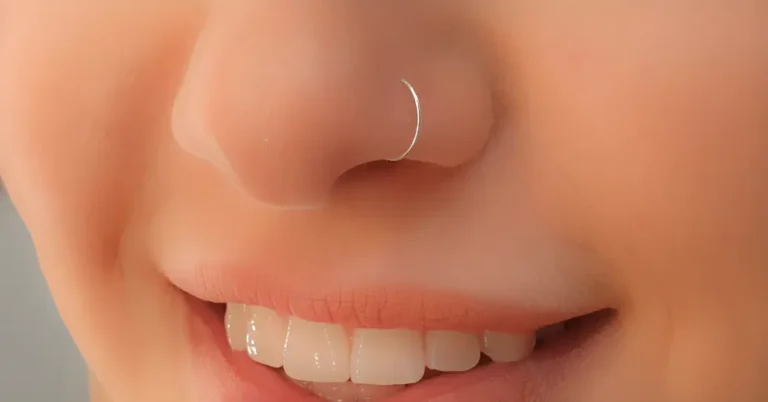Aquiline Nose Definition & Meaning
What is Aquiline noses?
An aquiline nose, also commonly known as a Roman nose, is a human nose with a prominent bridge that makes it appear curved or slightly tilted. The word aquiline is derived from the Latin aquilinus, likened to an eagle’s beak. In some situations, aquiline is also attributed to certain racial, ethnic, and idiosyncratic forms, and in some cases, it is also associated with other non-physical characteristics, such as intelligence, status, personality, etc. There is no scientific study or evidence to support the relationship.
As with many phenotypical manifestations, it occurs in many geographically diverse populations. The human face is a remarkable canvas of diversity, each contributing to a person’s unique identity. Among the features, the nose is a prominent element that plays a basic role in shaping one’s face. Aquiline has long attracted attention and admiration for its elegant nose curve and refined side.

Aquiline Resemblance
As the name suggests, the aquiline has a distinctive and elegant shape reminiscent of the eagle’s beak shown in the file. One of its key features includes a straight bridge that tapers downwards towards the nasal alignment, often culminating in a pointed and refined endpoint. This unique structure creates a harmonious and aesthetically pleasing appearance.
The AquilineNose in History
The allure of the Nose has been widespread throughout history. This nose shape was associated with power, wisdom, and authority in ancient civilizations such as Egypt. It often depicted pharaohs and nobility with hero glyphs and statues with noses aquiline that symbolized their divine and kingly status.
Among the South Asian groups, this nose type is most common among the people of Afghanistan, the Pamirs, and Kashmir, and Gandhara sculpture is also prominent. Apart from this, it is also spread throughout North Pakistan and North-Eastern Kabul river valleys.
This nose is considered a distinctive feature in some Native American tribes. In depictions of Native Americans, for example, the aquiliine nose is known as one of the standard traits of the noble warrior.

Versatility in Beauty
Aquiline nasal versatility is another reason for its enduring joy. It consists of a wide range of facial features and can enhance one’s marketability in fashion and entertainment. Its characteristic of striking a balance between strength and grace makes it an asset in achieving diverse ideals of beauty.
roman vs aquiline nose
In ancient Rome, the eagle shape nose revered as a symbol of classical elegance and sophistication. It includes the attributes of gods, goddesses, philosophers, and politicians of the past. Which are consider symbols of physical prowess and intellectual greatness.
You can also see: Roman Nose
The famous Roman emperor Augustus, whose aquilline nose symbolized his distinguished appearance, bears witness to this historical sentiment.

Features
This nose is characterize by several unique features that distinguish it from other nose shapes. Here are five distinctive features of the nose:
- Prominent Bridge: The most well-known feature of an Aquilina nose is its high, arched bridge, which often forms an express, pronounced curve. It gives the nose a characteristic hooked or Roman appearance.
- Convex Profile: The profile of an Aquilinne nose typically has a convex shape, curving outward from the forehead to the tip of the nose. This curvature sets it apart from noses with straight or concave profiles.
- Narrow Width: This noses tend to relatively narrow compared to other nose shapes, and the bridge may appear slender and angular. The narrowness of the nose further accentuates its distinctive shape.
- Downturned Tip: The tip of nose Aquiline points downward, creating a noticeable angle from the bridge. This feature contributes to the nose’s characteristic hook-like appearance.
- Elegance and Symmetry: Despite its distinctiveness, an Aquiliine nose often consider elegant and adds a sense of refinement to one’s facial appearance. When well-proportioned and in harmony with other facial features, it can enhance a person’s overall attractiveness.
what Race Has Aquiline Nose
Communities in North Africa and the Middle East, including Arab and Iranian cultures, admire a specific nose shape known as the aquiline or Roman nose. It is often considered a symbol of elegance and power due to its slightly curved bridge and prominent nose shape.
Conclusion
This Nose delights our senses with its timeless dignity and historical significance. We must remember that beauty is naturally emotional and multifaceted. Whether or not one maintains a nose and other forms of identity and individuality. That should cherished and celebrated. The world of human characteristics is a mixed tapestry. Where an attribute contributes to a complex and fascinating mosaic of personal beauty
You Can Also Read: Rhinoplasty






